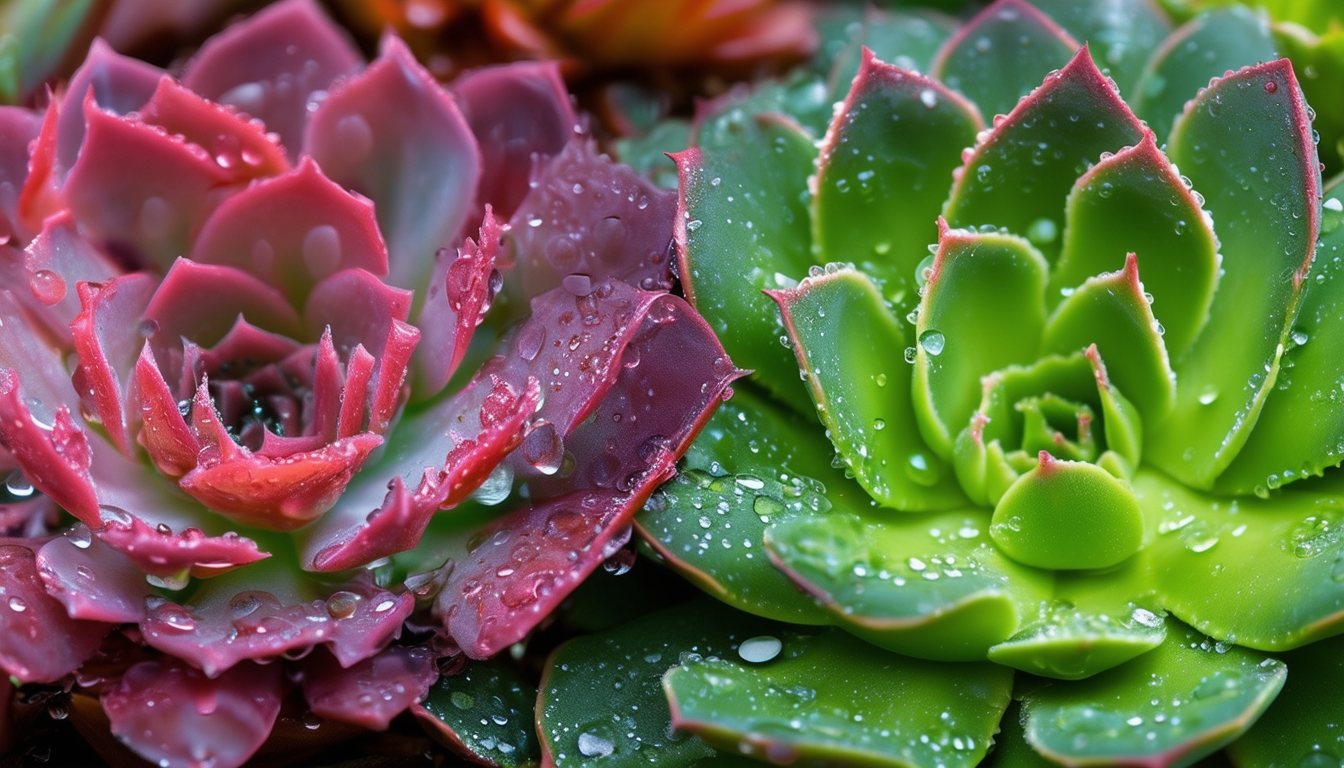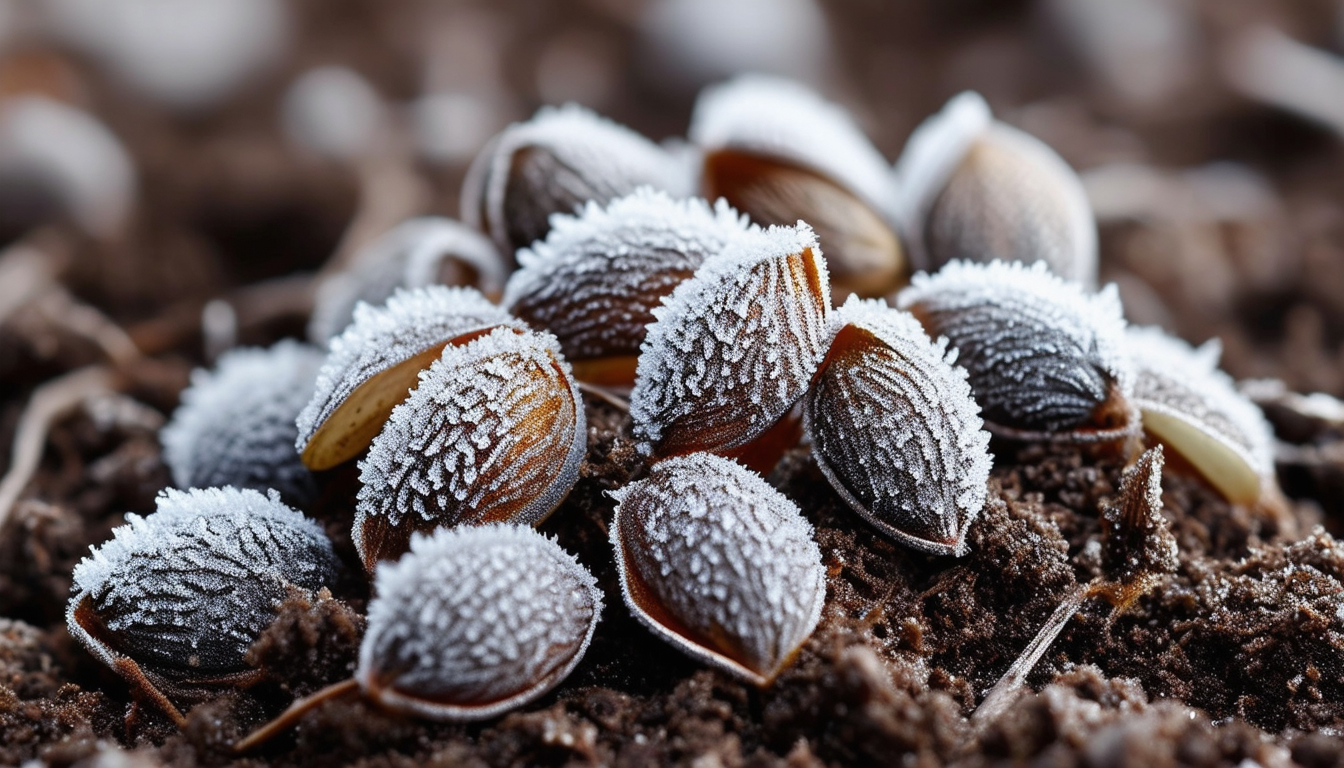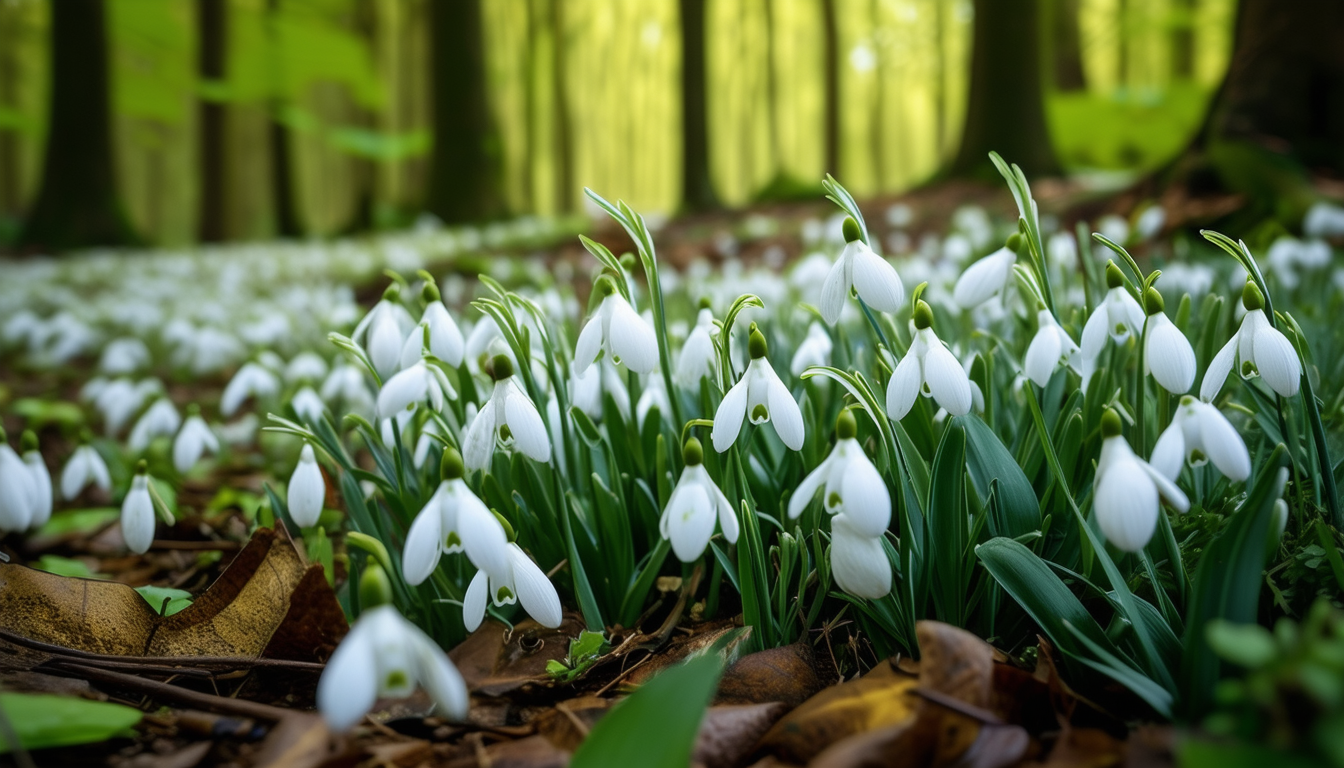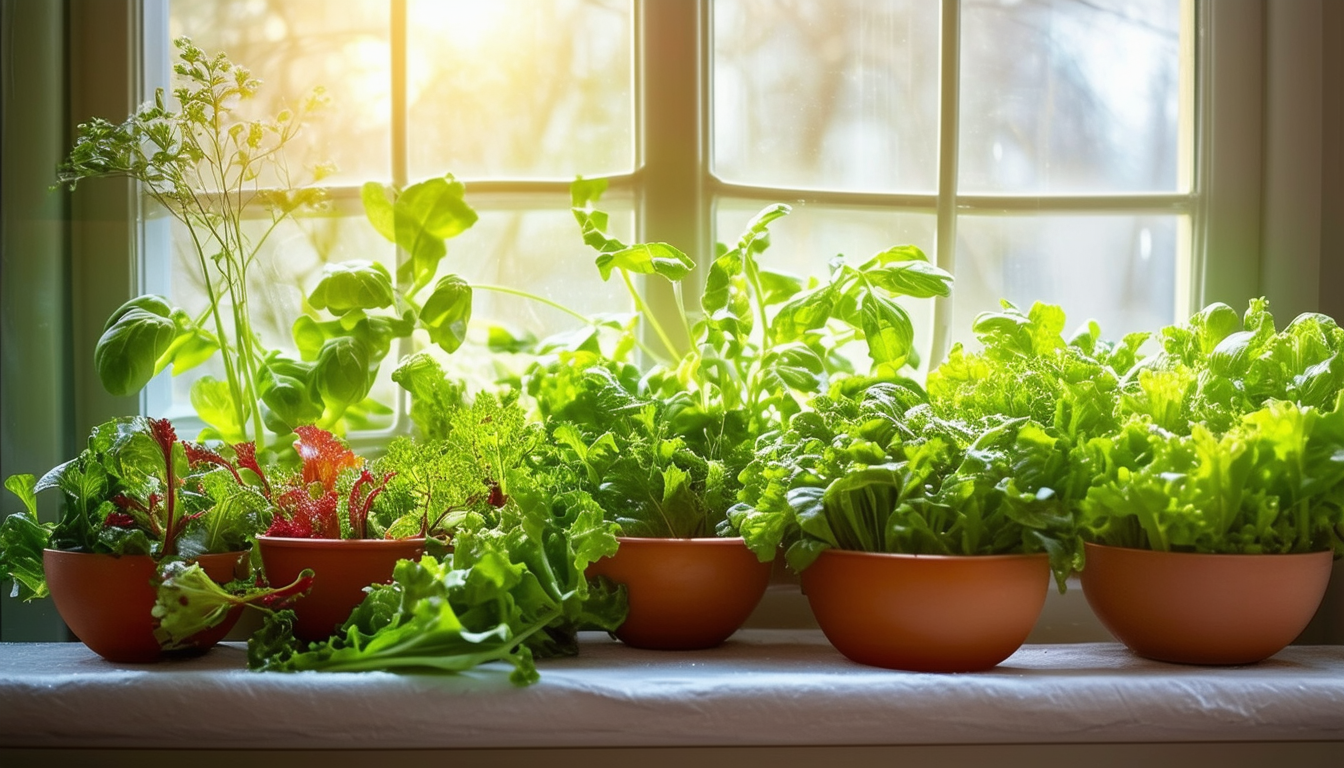
Unlock the secrets behind perfect succulent care with our expert watering guide.
Understanding the Unique Needs of Succulents
Succulents are unique plants that store water in their leaves, stems, and roots. This adaptation allows them to thrive in arid environments but also means they require a different watering approach compared to other houseplants.
Understanding their natural habitat helps in mimicking the conditions they are best suited for. Typically, succulents prefer a soak-and-dry method where they are thoroughly watered and then allowed to dry out completely before watering again.
Common Mistakes to Avoid When Watering Succulents
Overwatering is the most common mistake when caring for succulents. It can lead to root rot, which is often fatal. Always ensure that the soil is completely dry before watering again.
Another mistake is using containers without drainage holes. Succulents need well-draining soil to prevent water from sitting at the bottom, which can also cause root rot.
Signs Your Succulents Need Water
One of the most telling signs that your succulents need water is when their leaves start to wrinkle or look deflated. This indicates that the plant is using up its stored water.
Another sign is the color of the leaves. If they start to look dull or lose their vibrant hue, it may be time to water them. However, always check the soil moisture before deciding to water.
Seasonal Watering Tips for Succulents
During the active growing season in spring and summer, succulents require more frequent watering. However, this still means waiting until the soil is dry before watering again.
In the dormant winter months, succulents need significantly less water. Watering once every few weeks or even once a month may be sufficient depending on the indoor environment.
The Best Tools and Techniques for Watering Succulents
Using a watering can with a narrow spout can help direct water to the base of the plant, avoiding the leaves which can cause mold or rot if they remain wet.
Another effective technique is bottom watering, where you place the pot in a dish of water and allow the soil to soak up the moisture from the bottom. This ensures the roots get adequate water without oversaturating the top soil.



